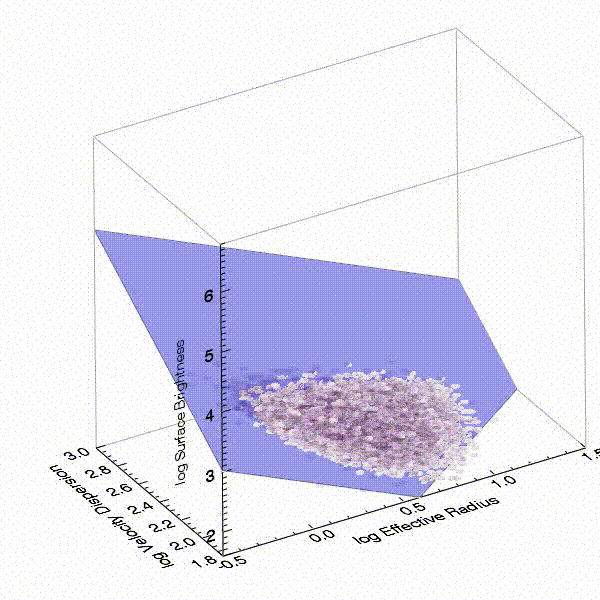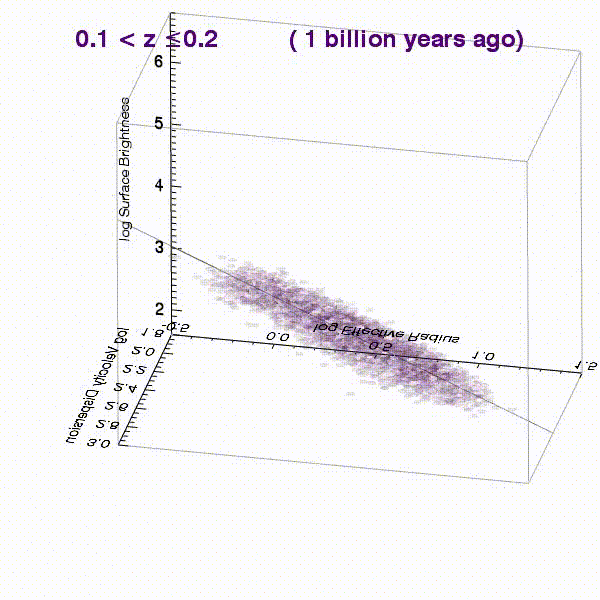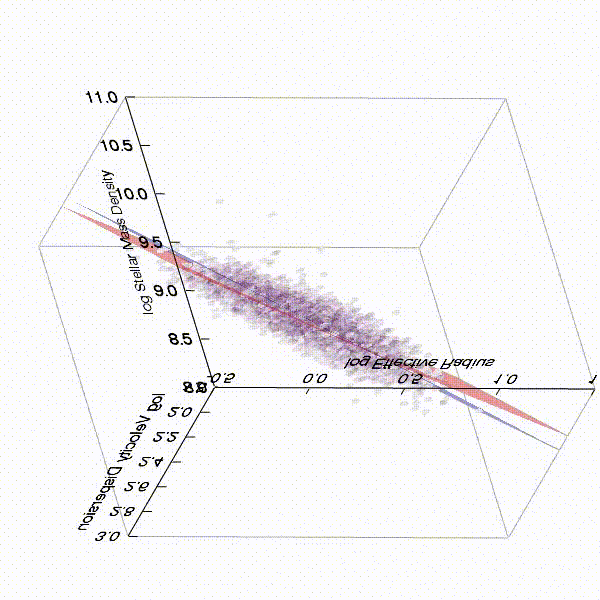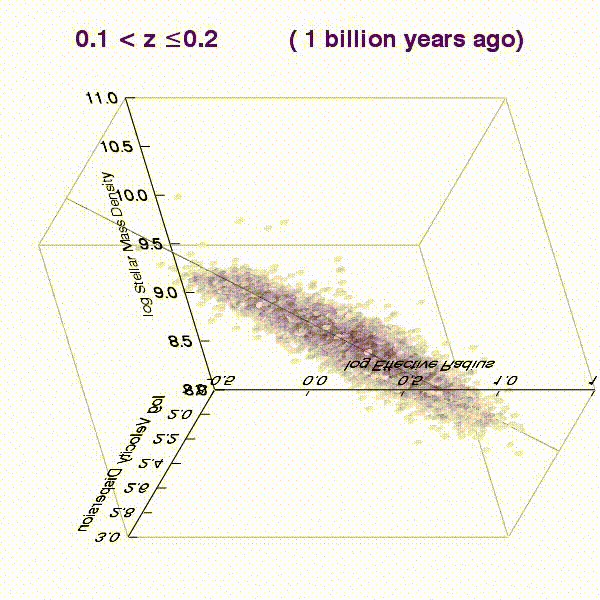Studying Massive Galaxy Evolution through Cosmic Time.
I am an observational astronomer and am currently an assistant professor at the University of Pittsburgh. I use a variety of ground and space-based telescopes to empirically study the evolution of massive galaxies. My research focuses on a range of questions related to how galaxies form, live, die, and continue to grow over billions of years.
Surveys

Large Early Galaxy Astrophysics Census (LEGA-C) Survey
A K-selected ~3000 massive galaxies of all colors and morphologies at half the age of the Universe.
PI: Arjen van der Wel (Ghent), Survey Scientist: Rachel Bezanson, et al.
The LEGA-C Team Website
Third and Final Data Release!

SQuIGGLE Survey
A multiwavelength study of spectroscopically confirmed post-starburst galaxies at z~0.7.
The SQuIGGLE Team Website

UNCOVER Cycle 1 JWST Treasury program
co-PIs Ivo Labbe and Rachel Bezanson
UNCOVER: Ultra-deep NIRCam and NIRSpec Observations Before the Epoch of Reionization: ultradeep imaging and spectroscopy on the lensing cluster Abell 2744.
The UNCOVER Team Website
Team at the University of Pittsburgh

Rachel Bezanson (she/her), Associate Professor





Yunchong Zhang, Graduate Student

Julissa Sarmiento, Graduate Student

Anika Kumar, Undergraduate Researcher

Cecilia Steel, Undergraduate Researcher

Erin Stumbaugh, Undergraduate Researcher

Arsh Kumaran, Undergraduate Researcher
Past Team Members:
Graduate Students:
Lina Florez
Undergraduate Researchers:
Justin Cole, Emma Krofcheck, Ryan Eskenasy, Katie Mack, Lance Taylor, Maggie Verrico,Zach Lewis
High School Researchers:
Mariah Jones
Interested in joining us?
Prospective undergraduate and graduate student researchers are encouraged to reach out by email!
Movies: visualizing the fundamental plane
from Bezanson+13b, but also see e.g., de Graaff+20/21
Rotation around Fundamental Plane
 Download .mov file
Download .mov file
Elliptical galaxies are known to inhabit a tight plane in the 3D parameter space defined by surface brightness, velocity dispersion, and size called the "Fundamental Plane". This movie starts on a face-on view of the Fundamental Plane for quenched galaxies in the Sloan Digital Sky Survey and rotates to the more common edge-on view.
Redshift Evolution of the Fundamental Plane
 Download .mov file
Download .mov file
At earlier epochs, observations suggest that quenched galaxies lie on a Fundamental Plane, however the normalization of that plane evolves with time (shown in this movie with increasing redshift). The simplest interpretation for this evolution is that it derives from the changing stellar mass-to-light ratio of a passively aging population.
-->
Mass Fundamental Plane and Virial Plane

Download .mov file
By multiplying surface brightness by stellar mass-to-light ratio (determined from stellar population synthesis modeling of individual galaxies) to convert to stellar mass surface density, one recovers the "Mass Fundamental Plane". This plane is very similar to the plane that could be predicted by the Virial theorem. Both planes are shown in this video (mass FP is blue, Virial plane is red) and the vantage point rotates to show the relative tilt of the mass FP. This tilt indicates that there is a variation in the dynamical to stellar mass ratio across the galaxy population.
Redshift Evolution of the Mass Fundamental Plane

Overwhelming evidence suggests that the evolution of massive galaxies is not purely passive, but instead individual galaxies must also evolve structurally - growing in size and perhaps undergoing changing morphologies. Given that size is one parameter of the Fundamental Plane and galaxy morphologies will also impact their dynamics, this simple explanation is no longer sufficient.
On the other hand, the mass Fundamental Plane explicitly takes the aging stellar populations, but not the structural evolution of galaxies, into account. This movie demonstrates that massive galaxy evolution occurs within the mass fundamental plane: high redshift galaxies inhabit a different region of parameter space than their low-redshift descendants, but they lie within the same Mass Fundamental Plane.
















